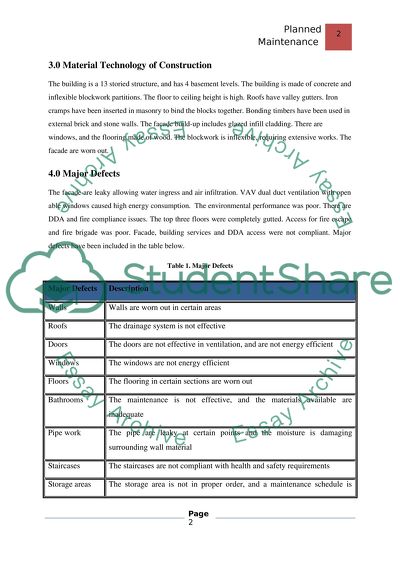Cite this document
(Planned Maintenance Strand Building Coursework Example | Topics and Well Written Essays - 1750 words, n.d.)
Planned Maintenance Strand Building Coursework Example | Topics and Well Written Essays - 1750 words. https://studentshare.org/engineering-and-construction/1565949-construction-assignment
Planned Maintenance Strand Building Coursework Example | Topics and Well Written Essays - 1750 words. https://studentshare.org/engineering-and-construction/1565949-construction-assignment
(Planned Maintenance Strand Building Coursework Example | Topics and Well Written Essays - 1750 Words)
Planned Maintenance Strand Building Coursework Example | Topics and Well Written Essays - 1750 Words. https://studentshare.org/engineering-and-construction/1565949-construction-assignment.
Planned Maintenance Strand Building Coursework Example | Topics and Well Written Essays - 1750 Words. https://studentshare.org/engineering-and-construction/1565949-construction-assignment.
“Planned Maintenance Strand Building Coursework Example | Topics and Well Written Essays - 1750 Words”. https://studentshare.org/engineering-and-construction/1565949-construction-assignment.


